When a fire breaks out, a fire extinguisher can be a lifesaver. It can help contain the flames and prevent a small fire from turning into a large inferno. However, once the fire has been put out, you may be left with a new problem: needing to clean up fire extinguisher residue.
This powdery substance is left behind after using a dry chemical fire extinguisher and can be difficult to clean up. In this article, we will provide you with some tips on how to clean fire extinguisher residue effectively and efficiently.
How to Clean Fire Extinguisher Residue:
- Wear appropriate protective safety gear.
- Allow the residue to settle properly (30 minutes is a good time).
- Dilute the residue with water and wipe thoroughly.
*This post contains affiliate links. Full disclosure here.
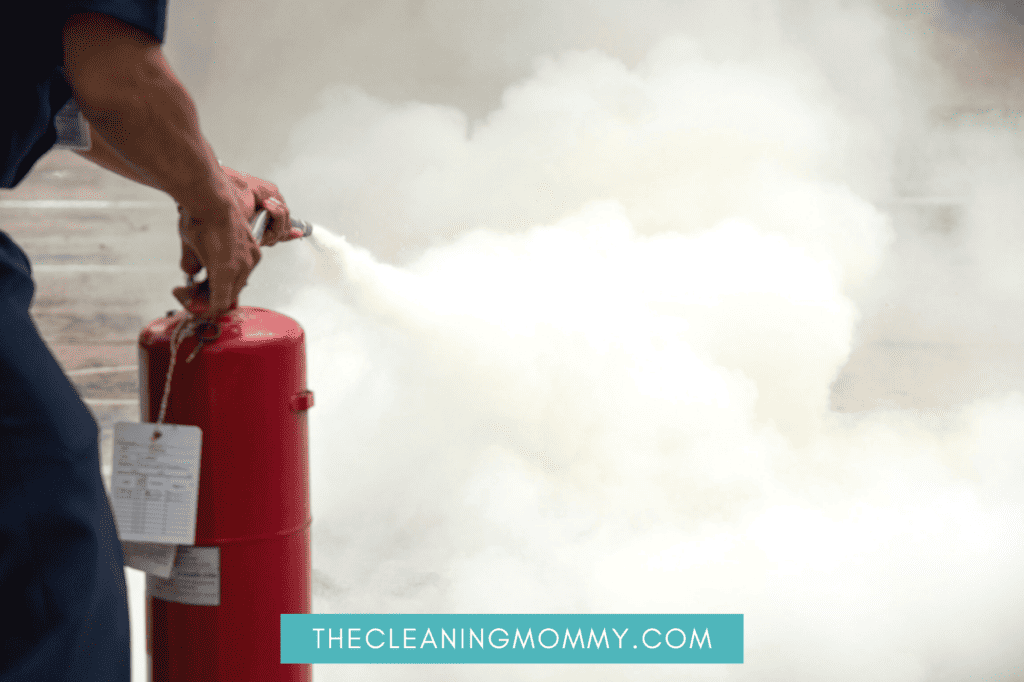
Clean Up Safety
The first step in cleaning up fire extinguisher residue is to ensure you are wearing appropriate protective gear. This includes rubber gloves, safety glasses, and a dust mask. These precautions are necessary to prevent the inhalation and accidental ingestion of the fire extinguisher residue.
It is also crucial to understand the type of fire extinguisher used to put out the fire, as there are different types of extinguishers, such as a Dry Chemical fire extinguisher, Carbon Dioxide fire extinguishers, and Halon fire extinguishers. The mess from dry chemical fire extinguishers tends to be white and powdery, whereas CO2 and Halon fire extinguishers may form dry ice, causing a haze or fog.
Before you clean up fire extinguisher residue, it is important to allow it to settle properly. The settling time is the time required for the dust to settle after the fire is put out by wet or dry chemicals. This is usually about 30 minutes. Attempting to clean the dry chemicals residue before it has settled can cause the powdery residue to spread to other areas, making the clean-up process more difficult.
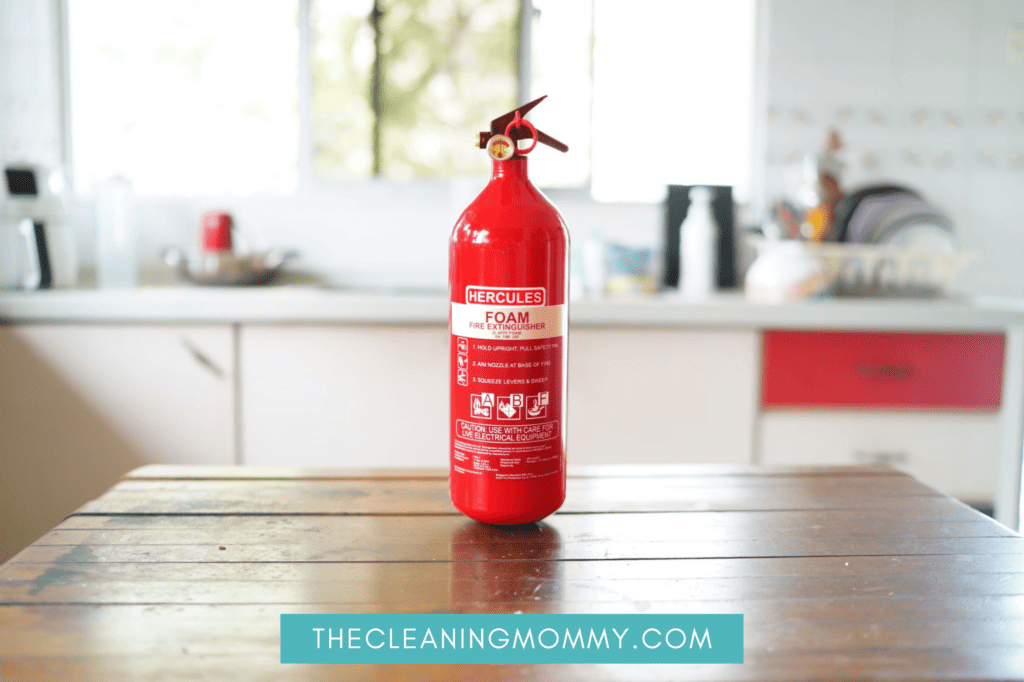
What Type Of Fire Extinguisher Do You Have?
Every portable fire extinguisher has a tag or label that identifies the type and class of extinguishing agent. Agents used in fire extinguishers could include water, dry or wet chemicals, foam, or Carbon Dioxide (CO2). Understanding the type of extinguishing agent used is critical in determining the best cleaning method. For instance, pressurized water fire extinguishers or CO2 fire extinguishers will not leave a chemical residue. Therefore, drying the area to remove any lingering moisture is all that is necessary.
Combined with cooking oils, wet chemical fire extinguishers produce a soapy substance that extinguishes the flame, cools the oil, and prevents it from reigniting. Water should never be used on grease or oil fires.
If you don’t have baking soda handy for a small grease fire (or any fire with flammable liquids), here’s a trick; cover the flames with a metal lid. Why? When covered, oxygen can no longer fuel the fire, depriving these kinds of c fires of what they need to burn.
As an alternative, carbon dioxide-based clean agent extinguishers are now becoming more widely used today. Carbon dioxide is a colorless and odorless gas that works by suffocating the fire. When the gas encounters a fire, it reduces the amount of oxygen available to it, thereby suppressing the fire.
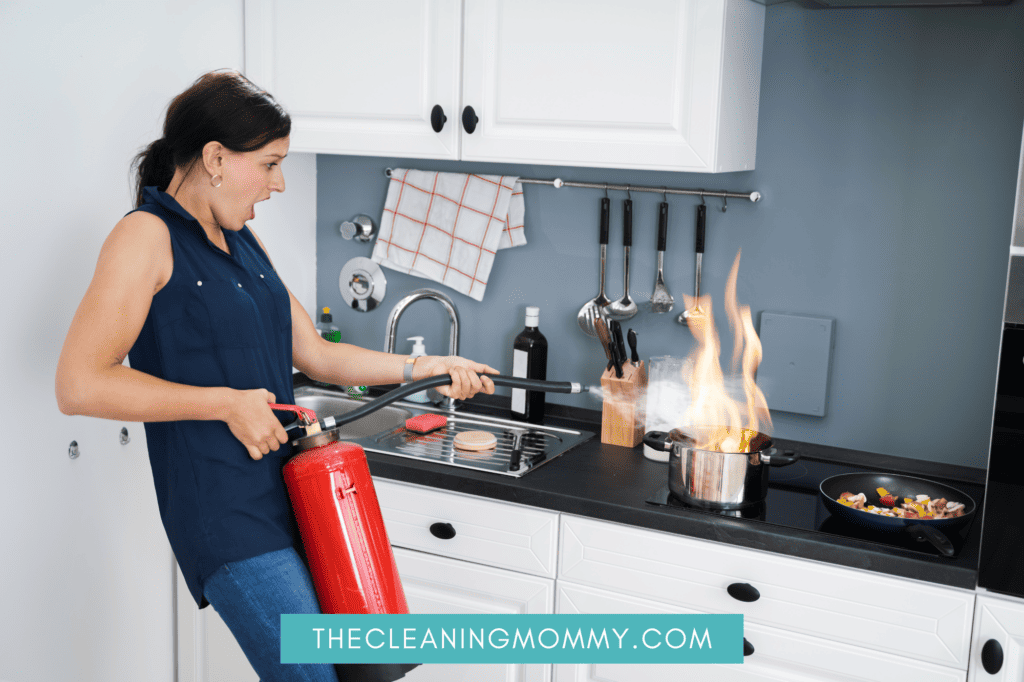
On the other hand, if foam fire extinguishers are used, any foamy residue should be diluted and dried thoroughly. The foam extinguishing agent can leave behind a sticky residue (a wet mixture with alkaline chemicals like potassium citrate) that can attract dirt and other particles. As a result, it is important to clean the entire area promptly to prevent the residue from causing any further damage. Diluting the residue with water and wiping the affected area with a clean cloth or sponge can help remove the mess. For larger residue areas, using a wet-dry vacuum cleaner can also be useful.
Sanitizing or spot cleaning any remaining residue is also important to ensure that the area is safe and clean (diluted degreaser works best). It is important to note that some older fire extinguishers can be corrosive to some materials, including metals. This can cause additional damage to the equipment or the area being cleaned.
Therefore, it is important to read the manufacturer’s instructions or seek professional advice. Be sure everything is also completely dry before using after cleaning.
If you do need to clean don’t wait till it builds up to a significant level. Follow these steps and tips to ensure proper removal of remnants.
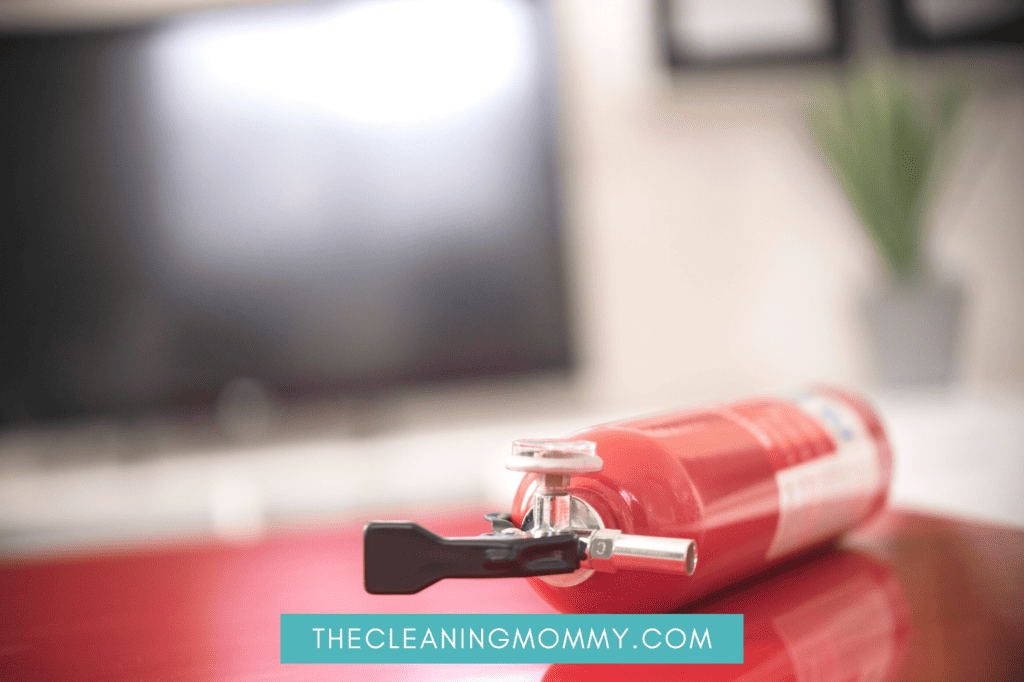
Dry Chemical Fire Extinguisher Clean Up
Typical dry chemical fire extinguishers contain monoammonium phosphate (ammonium phosphate), ammonium sulfate powder, sodium bicarbonate, or potassium bicarbonate as firefighting agents. Dry chemical fire extinguishers leave behind a corrosive powdery residue, so if they have come into contact with metal surfaces, they need to be cleaned up immediately with isopropyl alcohol. This corrosive powder is no joke!
You can use a fan to achieve proper ventilation to protect your lungs when cleaning.
- Ensure all cooking appliances and equipment prior to cleaning are turned off. Get rid of loose debris by vacuuming or sweeping.
- Spray isopropyl alcohol diluted 50 percent with warm water on stuck-on chemical residue. Wipe the surface with a damp rag and soapy water after allowing the solution to sit for several minutes.
Monoammonium phosphate
- Apply a paste of baking soda and hot water to neutralize monoammonium phosphate residue. A damp rag with warm water should be used after a few minutes to clean the area.
- The affected area with ammonium phosphate should be washed with soap and water, followed by a rinse. To speed up the drying process, use fans.
Sodium bicarbonate and potassium carbonate
- Use a solution of 98 percent hot water and 2 percent vinegar to neutralize sodium bicarbonate and potassium bicarbonate residue. Use a damp rag with warm water to wipe the area after several minutes.
- If you have visible residue on your dishes, cookware, or clothing from potassium bicarbonate extinguishers, you should wash them in the dishwasher or washing machine as usual.
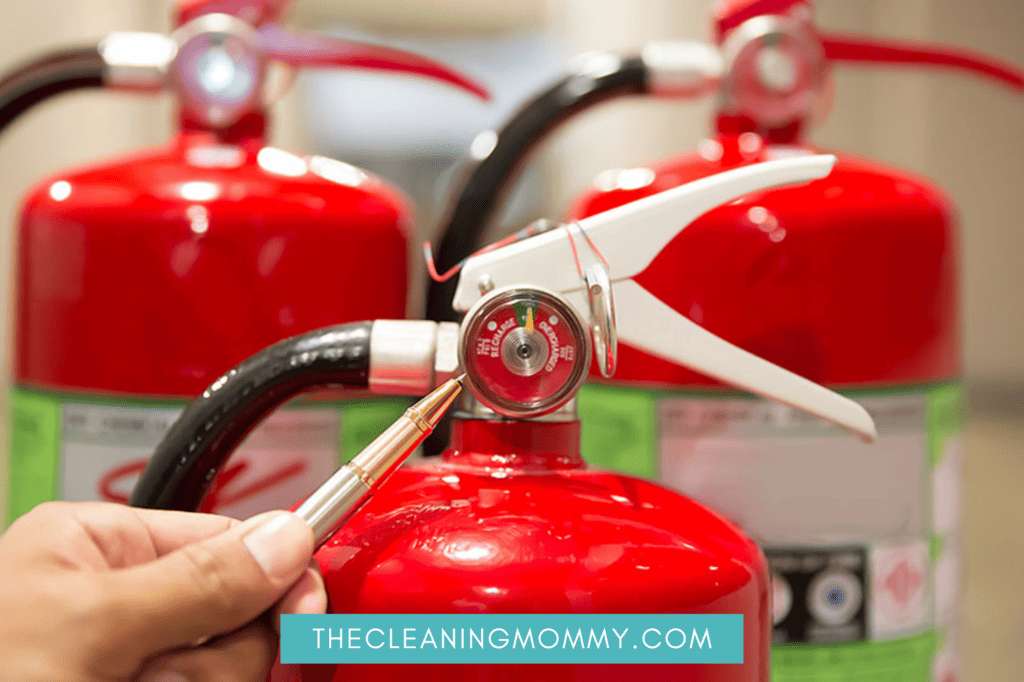
Class K Wet Chemical Fire Extinguisher Clean Up
Commercial kitchens should fight cooking fires with Class K wet chemical fire extinguishers due to dry chemicals’ corrosive nature. Class K extinguishers discharge a fine mist of potassium acetate when cooking oil, or grease catches fire, causing the flames to go out. You’ll need to clean up fire extinguisher residue before cooking again.
- Ensure that all the commercial kitchens cooking equipment is off and rubber gloves are on before you prep the area.
- Using a sponge or damp cloth dipped in hot, soapy water, remove foamy residue.
- Prior to turning the power back on, rinse all surfaces that have been exposed to wet chemicals and allow everything to dry completely.
Clean Agent Fire Extinguishers Clean Up
Another viable alternative to chemical fire extinguisher residue; clean agent extinguishers have no conductivity or ozone depletion, which makes it an ideal firefighting tool near computers and electronics, which may be damaged by water or corrosive chemicals. Suitable for classes A, B, and C fires, clean agent fire extinguishers are effective.
Clean agents don’t leave behind mess and don’t require intensive cleaning since they dissipate harmlessly into the atmosphere. This ability means the damages caused by the fire are limited only to the fire’s core, allowing for quicker restoration and recovery.
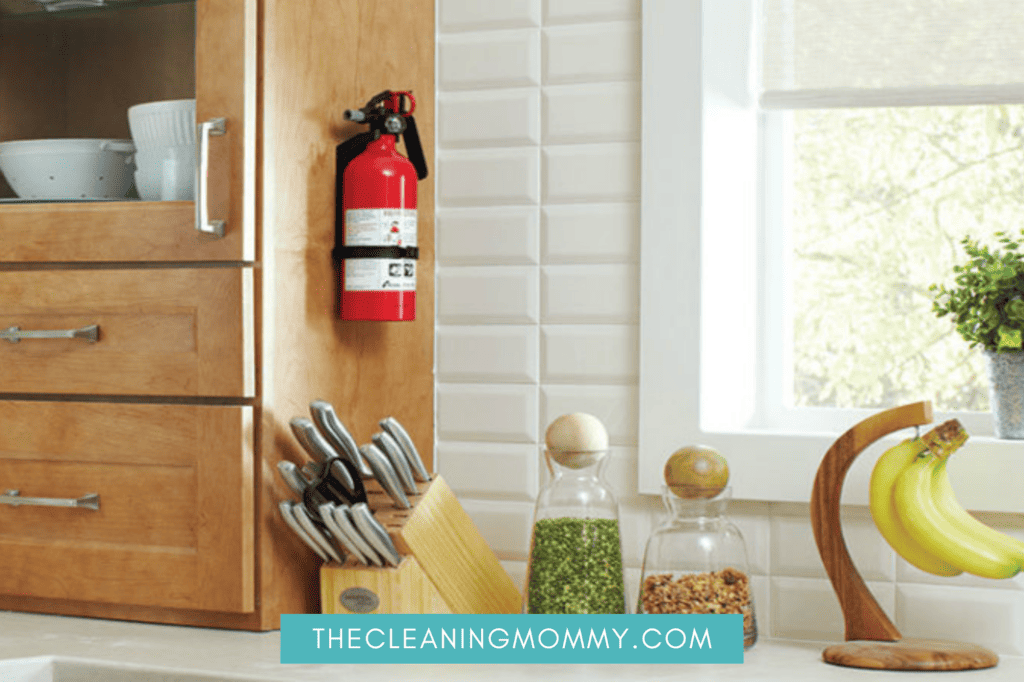
Get Your Fire Extinguisher Back In Service
When a fire extinguisher has been used, you typically have the choice of either recharging it or replacing it. Your local fire and life safety partner has the mobility to visit your facility and constitute professional advice. They will inspect each extinguisher to determine if it can be recharged or needs replacement. As a business owner or building manager, or a mom and dad, it is important to have a regular maintenance schedule for all of your fire extinguishers to ensure they are always in good working order.
I hope I have shown you the best way for how to clean fire extinguisher residue if ever you need to know!
Other Cleaning Articles You May Like:
- Speed cleaning checklist for when unexpected guests are on the way
- Busy mom cleaning routine
- How to clean a messy house
- How to deep clean house after cats
- 18 household items you are forgetting to replace

Grainne Foley
Grainne Foley is a wife and mother of 2 great kids. During her 5 years of full time RV travel, Grainne learned to become very efficient at household chores, in order to make time for family adventures. Now, back in a house, she has continued to create tools and techniques to help others lighten the load of household organization and cleaning.
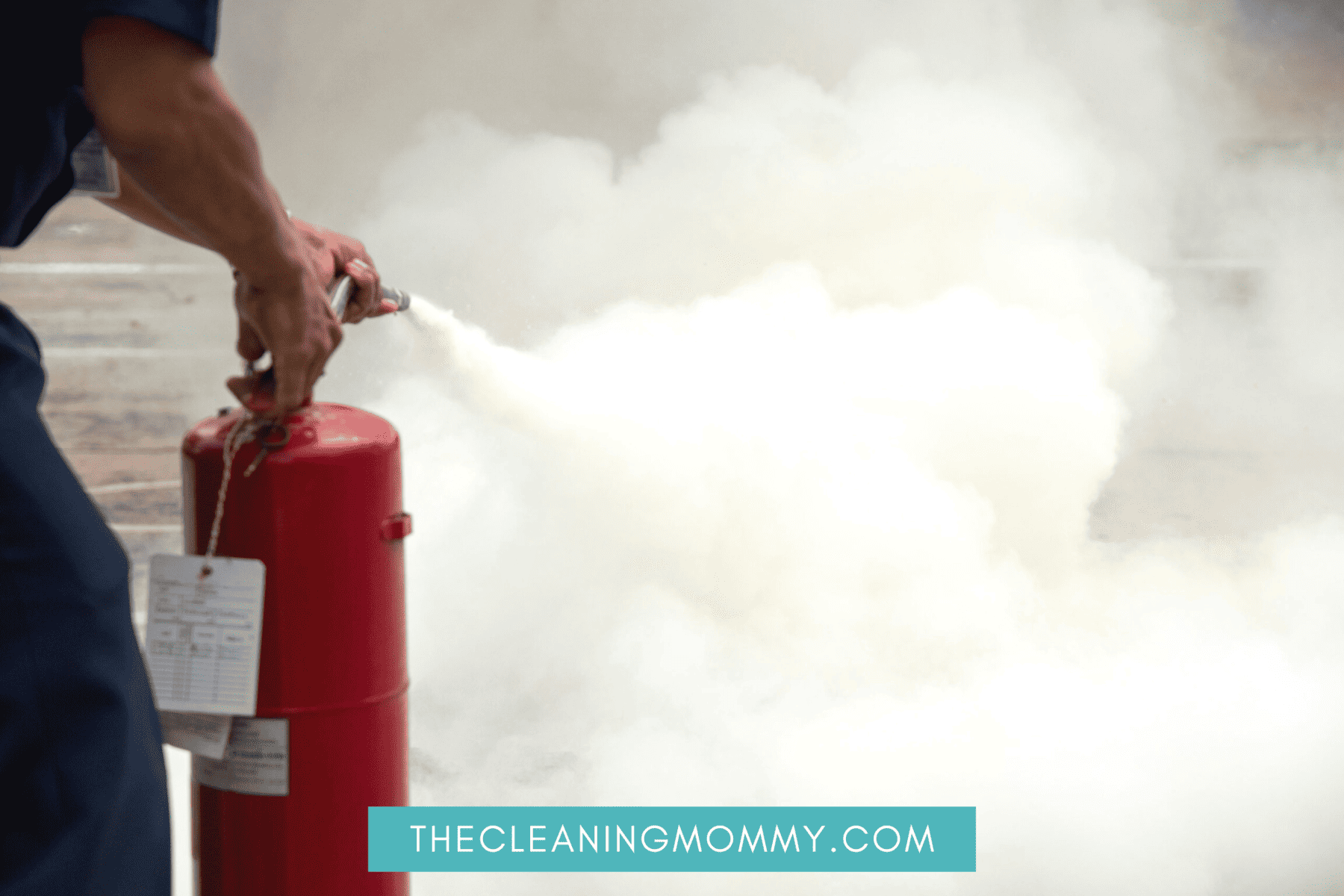
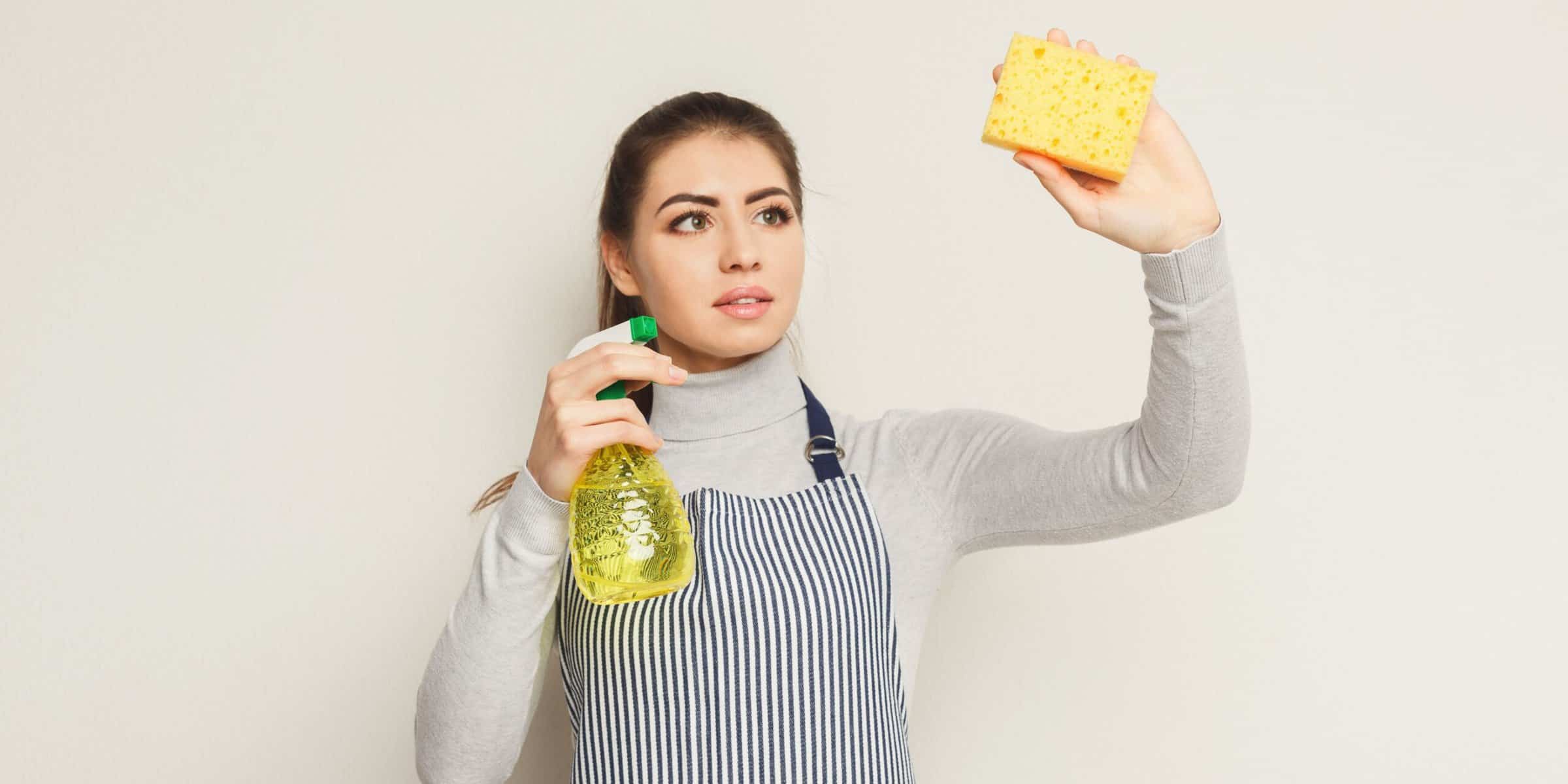
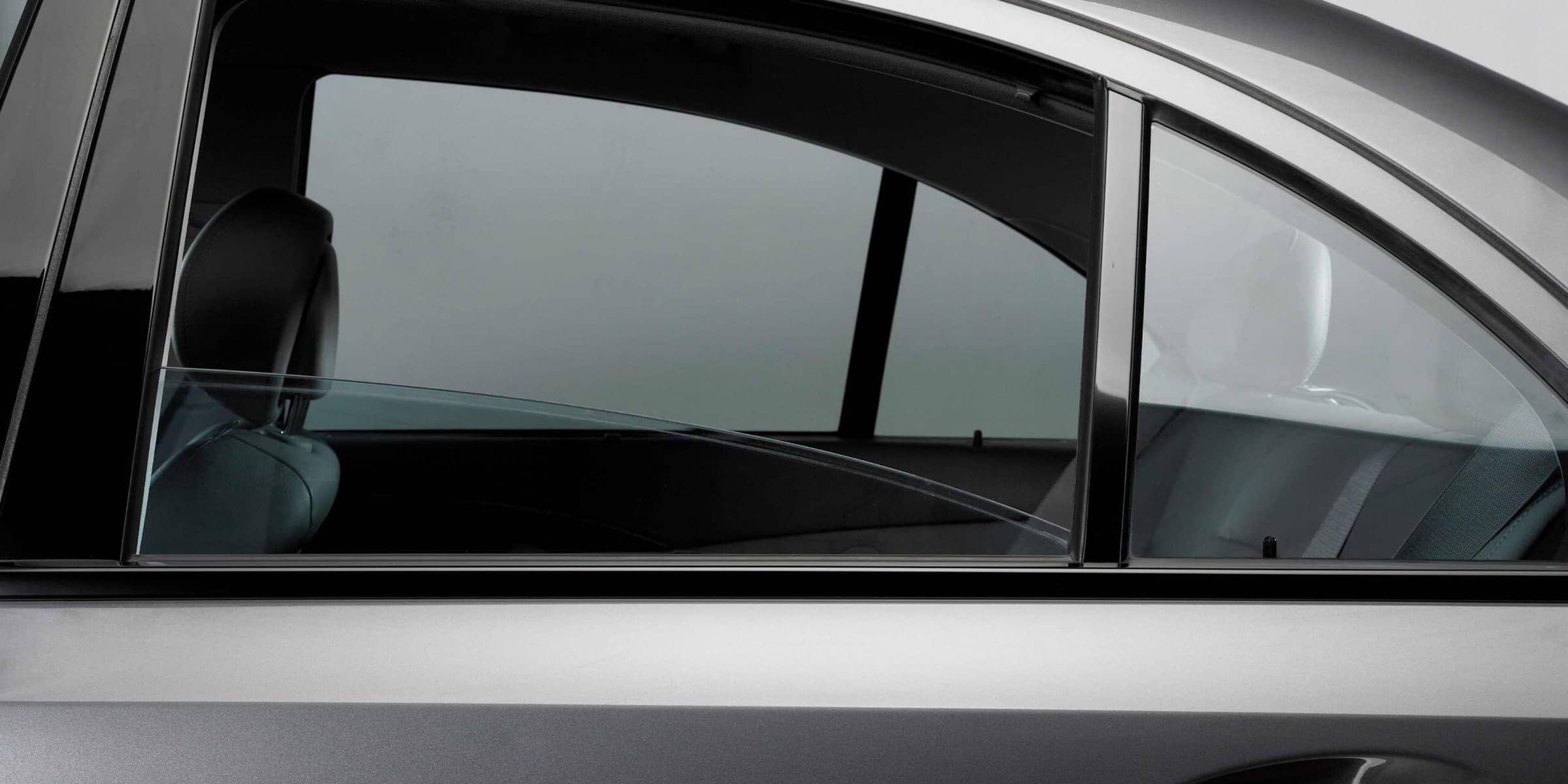
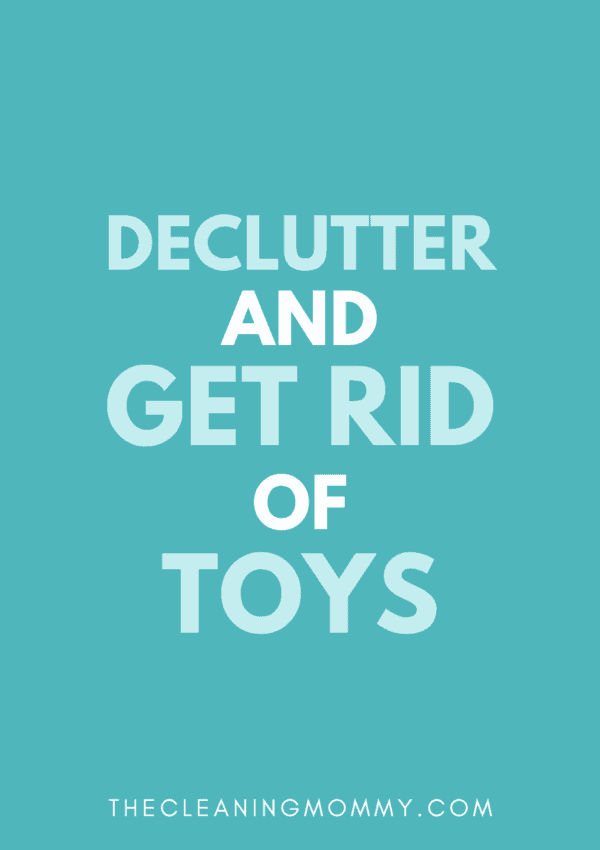
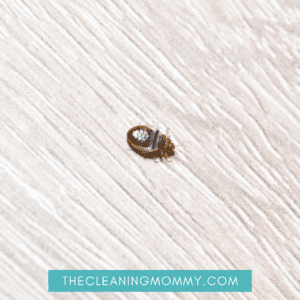
Leave a Reply